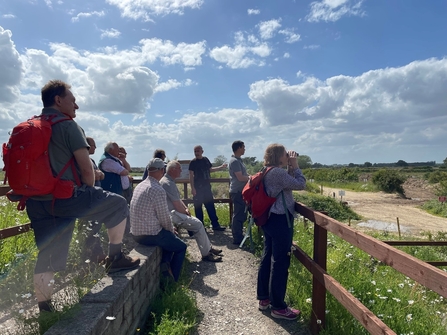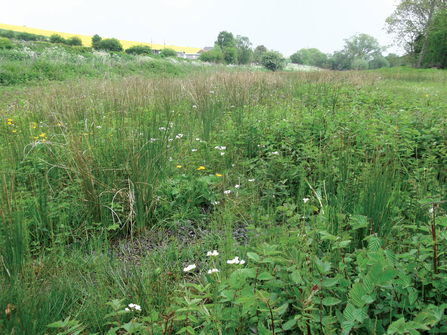
The Nature Recover Committee (NRC) is a new committee of the Board whose remit is to advise both staff and the Board on our core business, i.e. conserving and enhancing nature in Yorkshire.
The Committee comprises 4 trustees and 4 external members, and is attended by the relevant senior staff. The external members bring us new perspectives and expertise and have already shown their value in precisely that way.
Our meetings have mainly been by Zoom/Teams, but one of our roles is to advise on reserve management and to act as an assurance to the Board that the reserves are in good health. To do that we have instituted a series of site visits
The first of our site visits was on 10 June, when we visited three East Region reserves: North Newbald Becksies, Northcliffe Wood and North Cave Wetlands. These were chosen in consultation with David Craven (Regional manager - East) to offer very different management issues. We were guided on site by the reserve manager, Tony martin, and Living Landscapes Officer, Jon Traill, whose deep knowledge of the reserves was evident and critical to our discussions.

